

INFINITE POSSIBILITIES FOR YOUR USED CAPSULES

TEAM UP.

DÉJÀ-VU.
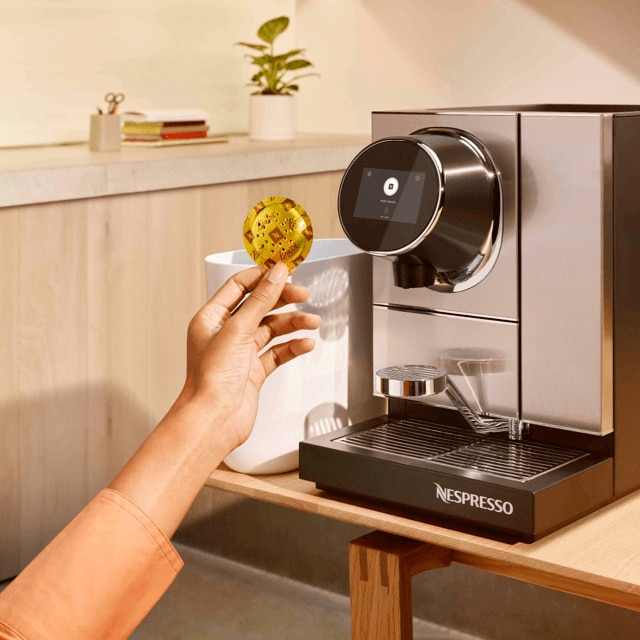
IF YOU LOVE SOMETHING, LET IT GO.

RECYCLE ONE POD AT A TIME.
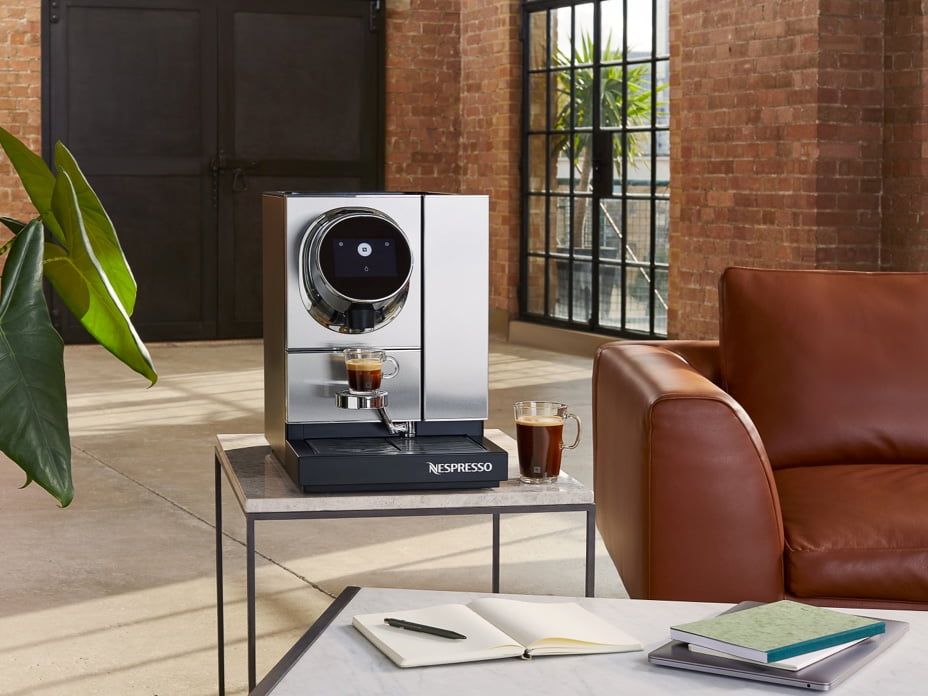
To assess the impact of a product on the environment, its entire life cycle must be considered.
A third-party study* was conducted to find out how Nespresso Professional machines compare to other coffee preparation systems commonly used in Singapore: full automat and soluble coffee.
coffee systems in Switzerland. Final report adapted for Singapore: Dec 2021.

Carbon footprint of the three coffee systems is examined through the different stages of the coffee product life cycle.
Hover over the graph for more details of each stage.






The use stage has the second greatest greenhouse gas emissions for all examined coffee preparation systems. Cup production and washing make the greatest contribution to the carbon footprint of the use stage.
Impact caused during brewing typically represents about 2 g CO2-eq (for the soluble coffee) to 10-11 g CO2-eq (for the efficient fully automated machine), [LS1] while the contribution of the machine production ranges from less than 1 g CO2-eq (kettle for the soluble coffee) to 1 to 4 g CO2-eq for the full automat or Nespresso machines.[LS2]


The holistic view on the life cycle of the three different coffee preparation systems in a Singaporean context shows that unportioned coffee system performances are much more dependent on consumer behavior compared to portioned coffee systems.
A more responsible consumer has a similar or lower impact using a full automat or soluble coffee than the Nespresso Professional coffee system, but a less responsible person could prepare a higher impact cup of coffee using the full automat or soluble coffee systems compared with the Nespresso Professional.
Therefore, the Nespresso coffee system could be seen as a safeguard and stable solution against environmentally irresponsible use.
A large part of the impact on the environment is rooted in the cultivation of green coffee and the coffee preparation in the office for all coffee systems. The differences observed among the systems are related to the amount of coffee used per cup.
Full Automat - 9g
Nespresso Professional - 6.1g
Soluble Coffee - 2g

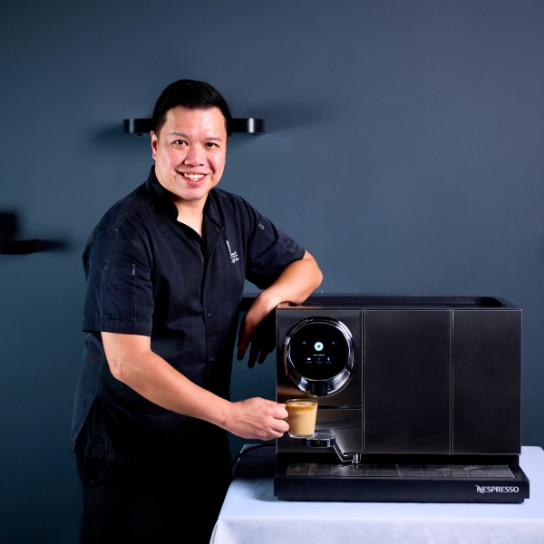






#ONEPODATATIME
#ONEPODATATIME
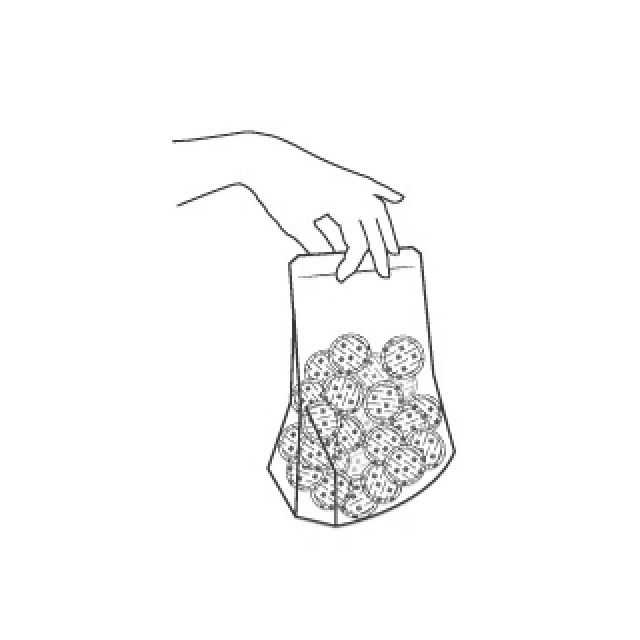
STEP 1
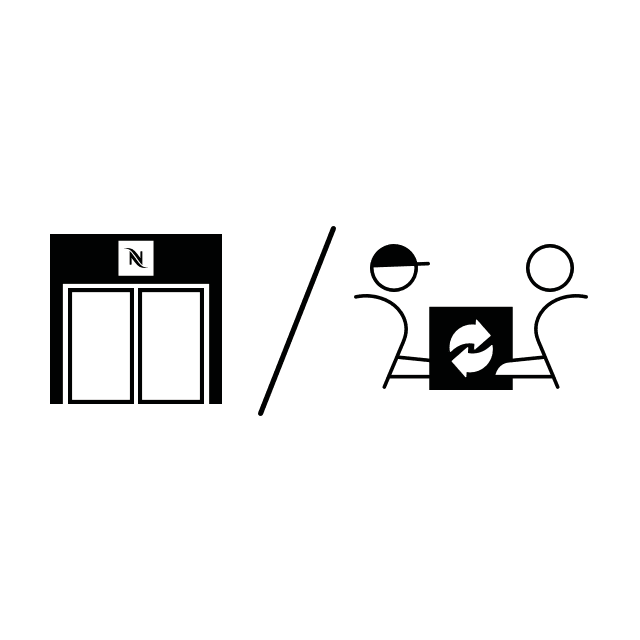
STEP 2
RECYCLE AT HOME / WORK
Give this bag to the delivery person on your next coffee order.IN BOUTIQUES
Drop it off at any Nespresso boutique, pop-up boutiques or selected electronic stores. Locate Nespresso recycling points.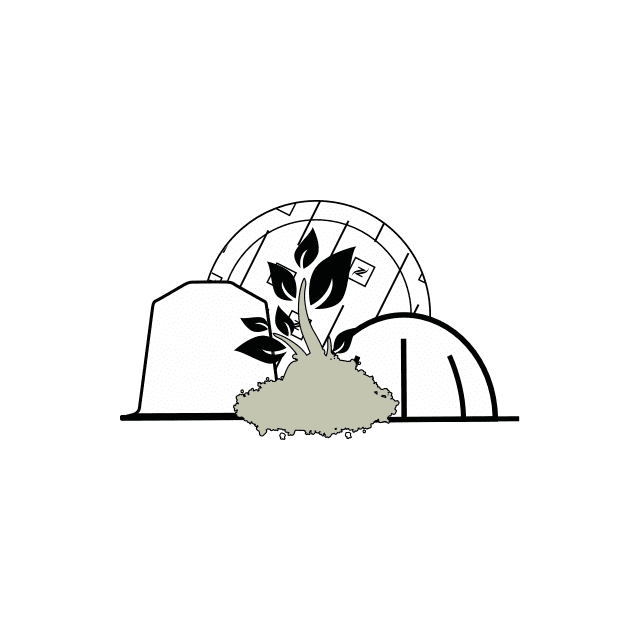
STEP 3













